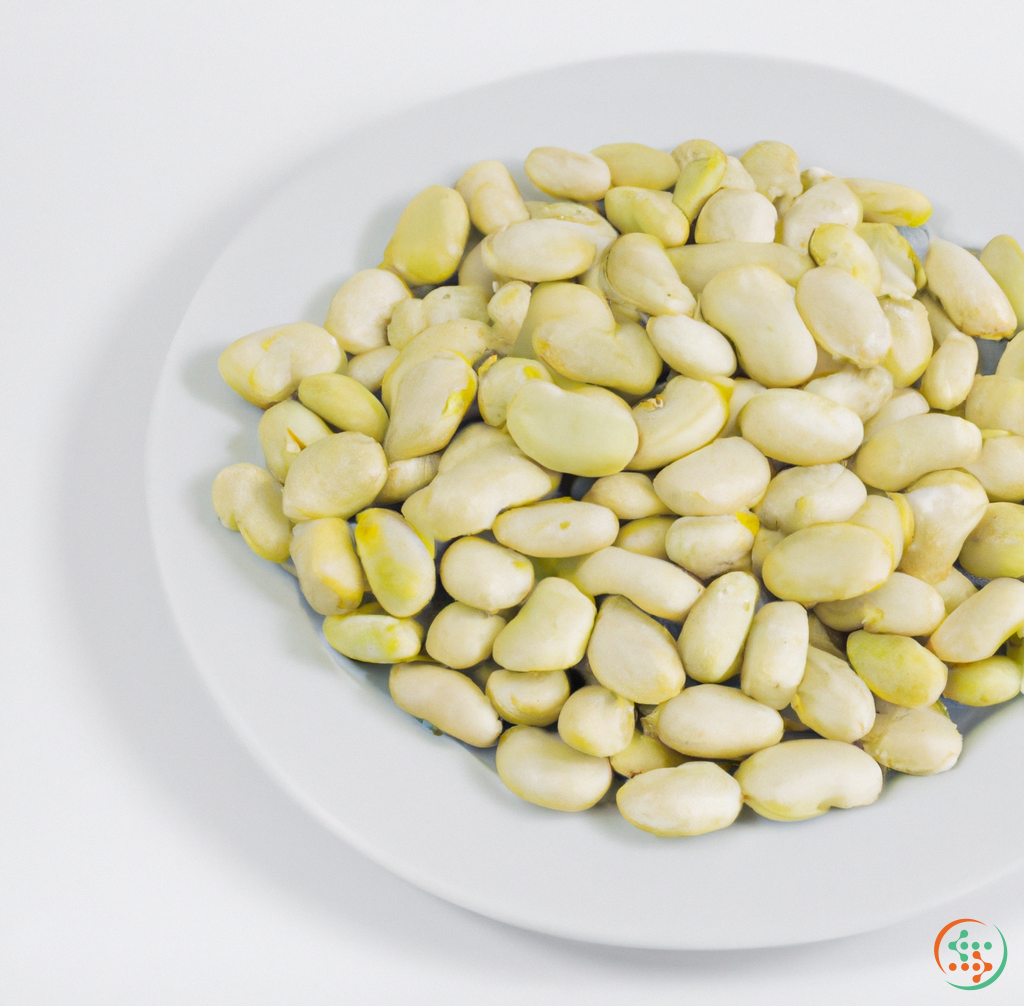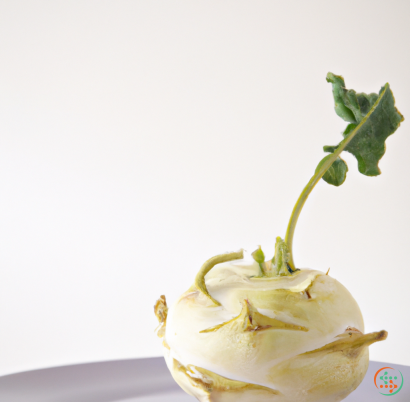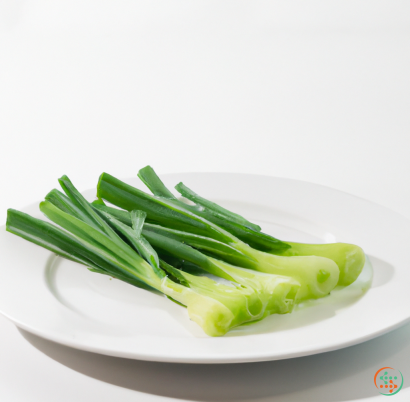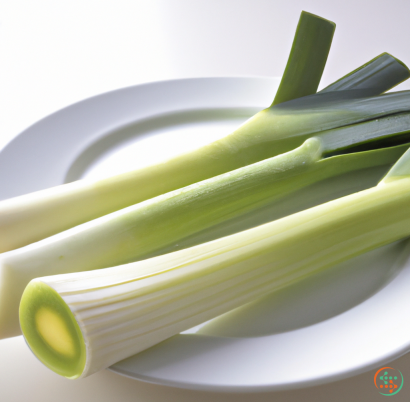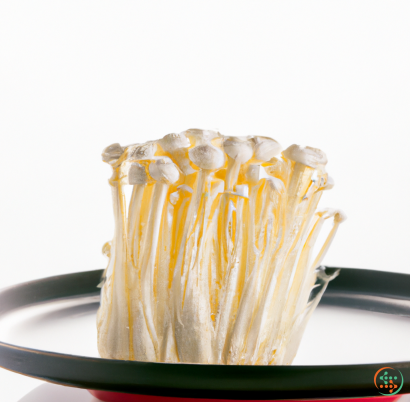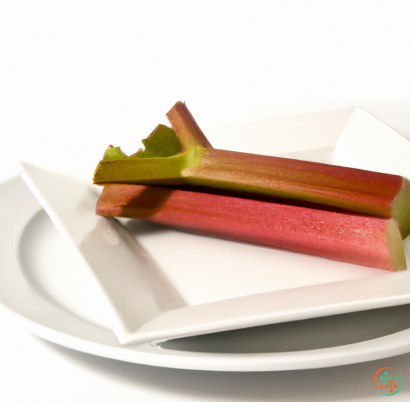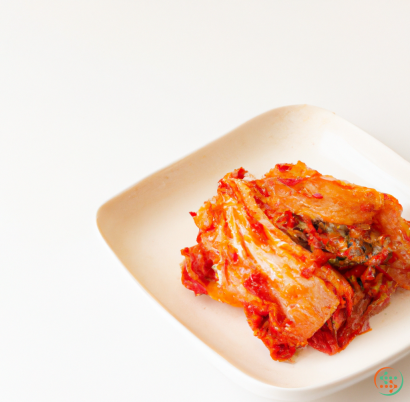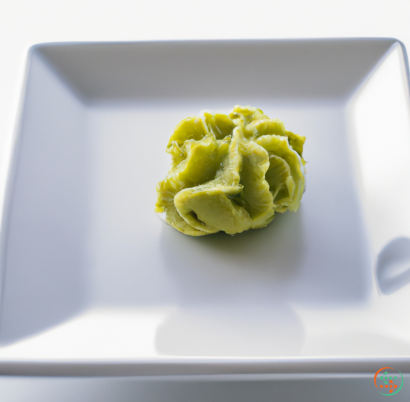Lima Beans
and why it is considered a superfood
Lima beans have long been considered a nutritional powerhouse, but are beginning to gain attention again as a "superfood". Whether you’re looking to add nutrients to your diet or simply branch out for some culinary fun, adding this unique legume to your cooking routine is a delicious way to get back to basics and reap the benefits of many essential minerals and vitamins.
Simply put, a lima bean is a type of dried bean in the Fabaceae family, a group of legumes commonly referred to as beans. Though lima beans get their name from Lima, Peru, their origin is actually much older. Historians believe they were first cultivated as early as 7,000 BCE and transported to Europe in the 16th century.
In terms of nutrition, lima beans boast numerous dietary advantages. They’re high in both protein and fiber, contain a significant amount of iron, and are a rich source of essential minerals such as magnesium, potassium and folic acid. Thanks to these, lima beans offer a range of health benefits, from encouraging healthy digestion to providing necessary vitamins and minerals important for overall health and well-being.
Lima beans are also good for weight loss because of their low calorie content and high fiber content. A half-cup serving of lima beans contains only 130 calories, according to the USDA. The fiber in lima beans not only helps you feel full longer, but also helps slow down digestion and allows your body to absorb nutrients more effectively.
Despite the health benefits of lima beans, some people choose to stay away from them for fear of the sensation otherwise known as "gastric distress" sometimes associated with them. Contrary to popular belief however, this only occurs when lima beans are cooked incorrectly. To ensure that you enjoy this legume without any unpleasant side effects, all you need to do is ensure adequate soaking time before cooking the beans.
Although lima beans are good for you, their nutritional value depends largely on the way you prepare them. There are several different ways to cook lima beans, such as simmering, boiling, pressure cooking, or steaming them. Boiling is the traditional way of preparing lima beans, but steaming them can help retain more of their Vitamin C. For added flavor and texture, you can also try marinating, roasting, or pureeing them.
No matter how you choose to prepare them, lima beans are a great food to add to your diet. Their high nutrient content and high fiber content make them an excellent choice for expanding your culinary horizons in a healthier direction. Lima beans are versatile, easy to find, and work well with a variety of flavors. They’re an especially popular ingredient in soups, stews, casseroles, salads, and side dishes.
Ultimately, lima beans are a great addition to any healthy diet or nutrition plan. Not only are they full of essential vitamins, minerals, and proteins, but also provide a number of other important health benefits. If you're looking for a way to increase your vegetable intake and add some plant-based nutrition to your meals, give lima beans a try—you may just be surprised at how much you enjoy them!
Creating and Enjoying Lima Beans: From Plant To Plate
If you're looking for a delicious and healthy way to fill up, then look no further than the humble Lima bean. This legume is one of the oldest beans known, with use stretching back to 4,000 years ago in Peru, when it was part of the staple diet of the ancient Peru people. Lima beans are a nutritional powerhouse too, full of essential vitamins, minerals and fiber. But how does this tasty bean get from its origin in the soil to the dinner plate? Let's find out.
The Lifecycle of a Lima Bean
The journey of a Lima bean begins with the planting of a seed. In order to ensure a successful crop, they must be planted in well-prepared soil, which should have good drainage, so that the roots of the Lima bean have adequate oxygen. The pH level of the soil should not exceed 7 either, as this can affect nutrient uptake or the ability for the plant to produce new growth.
Once the seed is planted and watered, the first sprouts start to appear after approximately three to seven days. At this point, the young Lima bean plants need ample sunlight and an environment that is free from extremes of temperature. With balanced and consistent care, the seedlings will begin to develop into mature plants in about six weeks.
The plants will continue to grow until they reach maturity, often somewhere around three to five feet tall, depending on environmental conditions. This process is known as flowering, and when the flowers fall off the plant, it’s a sign that the pods containing the beans are beginning to form.
Harvest Time
Keeping an eye on the Lima bean plants is key to a successful harvest as it’s important to pick the pods at the right time, when they are just beginning to dry out. The pods are generally ready to harvest sometime around the end of summer and can be easily picked by hand. Once the pods are collected, they need to be neatly arranged and left to finish drying out in the sunshine until their skins turn light brown in color.
The pods are then ready for the next step in the Lima bean process – threshing. Threshing simply means separating the beans from the pods, which can typically be done by hand or, for larger scale operations, with the help of a machine.
Processing
The next stage is processing. The beans are manually sorted in order to discard any that are damaged or defective, before they are buried in line pits and left to soak overnight in water. This helps to soften their external shells, preparing them for their next stage - hulling.
During hulling, the beans pass through a series of metal rollers to remove the exterior shells from each individual bean, leaving only the edible inner fruit. The separated shells, meanwhile, are saved and used for compost.
After being hulled, the beans go through another process of manual sorting, to remove any small, hard, or discolored beans. At this point, the beans are referred to as green-hulled and can be frozen and stored for extended periods of time.
Grading, Inspection and Packing
After freezing, the beans are graded according to size and color and sorted into batches of different sizes and colors, depending on buyer preference.
Each batch is then examined closely in order to ensure quality and safety standards and inspected to discard any unwanted debris or additional shells. After being inspected and cleared, the beans are then placed into small bags or large sacks and are ready for distribution.
Fresh or Frozen
Lima beans are most commonly distributed and sold as fresh or frozen varieties. When jars of fresh Lima beans are sent to grocery stores, the temperature of the beans needs to be consistent and monitored carefully in order to ensure optimal freshness.
Frozen Lima beans are the most common variety, because of the ease and convenience of preparation. Typically, these beans are re-hydrated through simmering or steaming and can be used in a variety of dishes, such as soups, stews, salads, casseroles and stir-fries.
Cooking and Serving
No matter the variety of Lima beans purchased, the preparation methods are quite similar. The beans need to be vigorously rinsed to remove any dirt or fungus and to avoid any digestive issues.
Then, if using canned or jarred Lima beans, the liquid should be strained off and the beans should be boiled or steamed over medium heat for five to 10 minutes, or until they reach the desired texture.
For frozen Lima beans, it is important to remember to completely defrost them in the fridge before boiling or steaming.
Serving Lima beans is easy and versatile. Simply add a little olive oil and some spices like garlic or cumin, along with other vegetables and ingredients, to make a delicious, healthy side dish. Or, add them to an entrée or soup for a delicious and nutritious meal.
The Bottom Line
From its humble beginnings as a seed planted in well-prepared soil all the way to the dinner plate, the journey of a Lima bean is an intriguing one. Not only is this legume incredibly flavorful and nutrient-dense, but it is also surprisingly easy to prepare and can be used in a wide variety of recipes. As we’ve seen, Lima beans truly transcend the ages when it comes to providing a nourishing and delicious meal.
| Vitamin A | 0.015 mg | |
| Beta-Carotene | 0.182 mg | |
| Vitamin E | 0.14 mg | |
| Vitamin K | 0.0062 mg | |
| Vitamin C | 0.0101 grams | |
| Vitamin B1 | 0.14 mg | |
| Vitamin B2 | 0.1 mg | |
| Vitamin B3 | 0.00104 grams | |
| Vitamin B4 | 0.0441 grams | |
| Vitamin B5 | 0.26 mg | |
| Vitamin B6 | 0.19 mg | |
| Vitamin B9 | 0.026 mg |
| Calcium | 0.032 grams |
Daily Value 1.3 g
|
| Iron | 0.00245 grams |
Daily Value 0.018 g
|
| Magnesium | 0.074 grams |
Daily Value 0.4 g
|
| Phosphorus | 0.13 grams |
Daily Value 1.25 g
|
| Potassium | 0.57 grams |
Daily Value 4.7 g
|
| Sodium | 0.017 grams |
Daily Value 2.3 g
|
| Zinc | 0.79 mg |
Daily Value 0.011 g
|
| Copper | 0.31 mg |
Daily Value 0.9 mg
|
| Manganese | 0.00125 grams |
Daily Value 0.0023 g
|
| Selenium | 0.002 mg |
Daily Value 0.055 mg
|
| Tryptophan | 0.089 grams | |
| Threonine | 0.289 grams | |
| Isoleucine | 0.438 grams | |
| Leucine | 0.535 grams | |
| Lysine | 0.45 grams | |
| Methionine | 0.068 grams | |
| Cystine | 0.083 grams | |
| Phenylalanine | 0.336 grams | |
| Tyrosine | 0.219 grams | |
| Valine | 0.425 grams | |
| Arginine | 0.456 grams | |
| Histidine | 0.231 grams | |
| Alanine | 0.258 grams | |
| Aspartic Acid | 0.731 grams | |
| Glutamic Acid | 0.877 grams | |
| Glycine | 0.273 grams | |
| Proline | 0.101 grams | |
| Serine | 0.425 grams |
| Total Sugars | 0.131141 grams |
per 100g
|
| Palmitic acid (16:0) | 0.06 grams |
|
| Stearic acid (18:0) | 0.01 grams |
|
| Total Saturated fatty acids: | 0.07 g | |
| Oleic acid (18:1) | 0.02 grams |
|
| Total Monounsaturated fatty acids: | 0.02 g | |
| Linolenic acid (18:3) | 0.05 grams |
|
| Linoleic acid (18:2) | 0.1 grams |
|
| Total Polyunsaturated fatty acids: | 0.15 g | |
